DALÍ MUSEUM FIGUERES BARCELONA
The Salvador Dalí Museum is located in Figueres in the north of Catalonia, 140 km from Barcelona. It is quite close to Cadaqués, a small and beautiful fishermen’s village, where Dalí lived with his wife and muse, Gala.
Together with Picasso and Miró, Salvador Dalí is considered one of the most important Spanish painters of the 20th century. He was world-famous for his quirky, extravagant, provocative, presumptuous, and eccentric personality.
Figueres is close to the French border and is a very windy area because of the Tramuntana wind, which makes the sky very clear most of the year. It’s said that this bothersome wind makes its inhabitants a little bit crazy (like Dalí).
Many of Dalí’s paintings are bathed in Mediterranean light and use the rocky Costa Brava coastline around Cadaqués as a backdrop.
There are two other Dalí sites in the region: his house in Portlligat (Cadaqués) and the Castle of Púbol, where Gala lived and where she is buried. All three sites are now museums and are open to visitors. If you would like to visit them, we recommend taking a look at our tours.
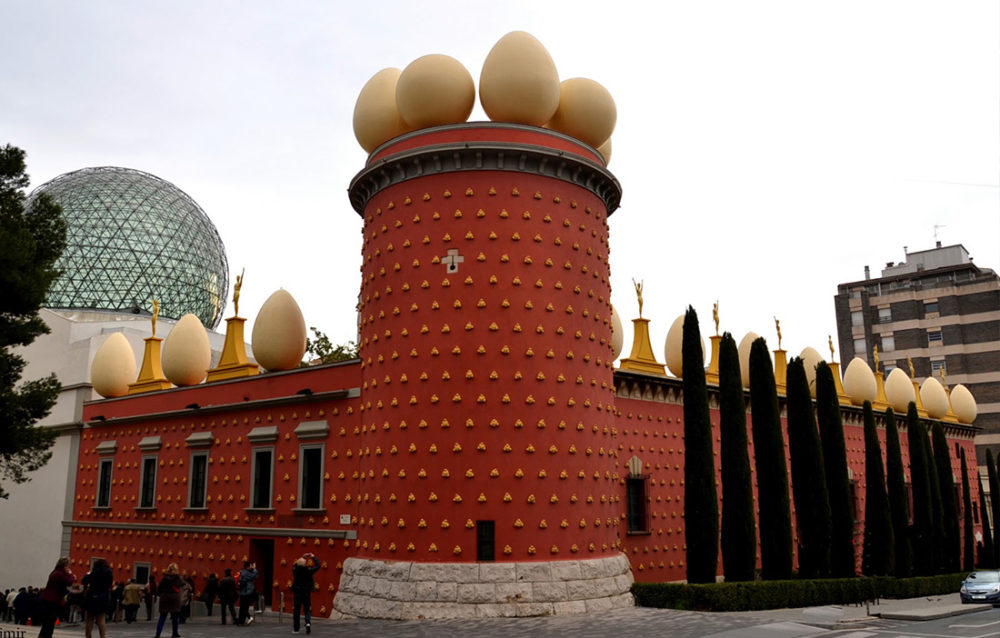
DALI MUSEUM IN FIGUERES: THE EXTERIOR
The Dalí Museum in Figueres was opened in 1974. Dalí conceived the Museum as a place to present his works and as a monument that would express his ideas and personality. In fact, his most incredible creation was the building itself—being both container and content— a Dalinian piece to which he devoted 13 years of his life.
He stated that the first thing to be built in his Museum would be the roof, in the form of a spectacular transparent latticed dome.
The Museum’s exterior is decorated with very recurrent elements in Dalí’s paintings: cypresses, eggs, bread, mannequins, and the glass dome roof, which symbolizes the eye of an insect. All these elements had positive connotations for Dalí.
He also used a very personal iconography to symbolize his frustrations and phobias, such as ants and crutches.
DALI MUSEUM IN FIGUERES: THE INTERIOR
The interior of the Dalí Museum is a trove of surprises for the visitor. An expert guide will help you understand the reasons behind and the meaning of many of Dalí’s eccentricities in the Museum.
We want to share a picture of the Mae West Hall, a curious homage to the American actress Mae West. With this composition, Salvador Dalí wanted to read a three-dimensional space in two dimensions.
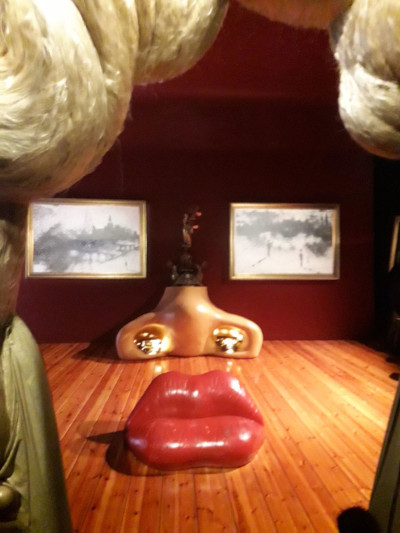
SALVADOR DALI
Salvador Dalí was born into a middle-class family in Figueres on May 11, 1904, and passed away on January 23, 1989, at 85.
He was essentially a self-taught artist despite having studied at the Academy of Fine Arts in Madrid for three years. In 1923, at the age of 19, he was expelled for indiscipline.
In 1928, he moved to Paris, where he became acquainted with the surrealist movement. In 1929, he joined the Surrealist Group, founded by the writer and poet André Breton. The surrealists were interested in the human subconscious and Freud’s theories of dreams, psychoanalysis, and hypnosis.
Politically, the surrealist movement had more or less Marxist and Communist ideas.
Around 10 years later, Salvador Dalí was expelled from the Surrealist Group because they thought his provocative behavior could damage the group. The friendship with Breton was also broken because of his unclear political ideas (it’s said that he never supported Franco and his dictatorship directly, but he wasn’t critical of him either).
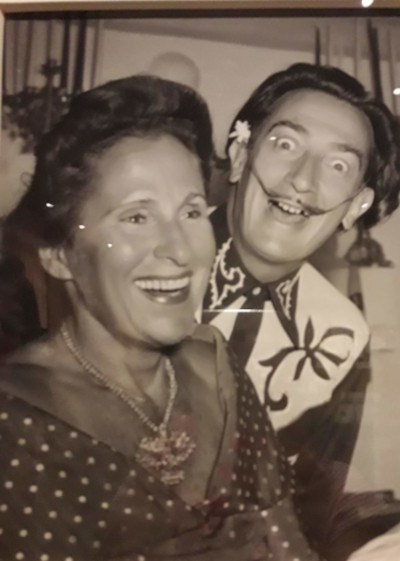
GALA
The most important person in his life was his wife, Gala. He met her in 1929 when he was 25. She was 10 years older and married the French surrealist poet Paul Éluard. Dalí and Gala felt a strong attraction right from the start, and they would be together for the rest of their lives. Gala would be his muse, lover, business manager, and life partner. Without the strong influence of Gala, Dalí would never have reached the level of glory that he did.
The couple lived in New York from 1940 to 1956, where they took refuge from Europe’s war. In those years, he enjoyed his popularity and the pleasures his success brought him. He was prolific and experimented with nearly all known techniques, from sculpture to literature to painting.
He also designed bizarre objects (the receiver of a telephone in the shape of a lobster, a sofa in the form of huge lips…), wrote some books, and collaborated with the Spanish movie director Luis Buñuel, Walt Disney, and the Marx Brothers, among others.
DALI & RAFFAELLO
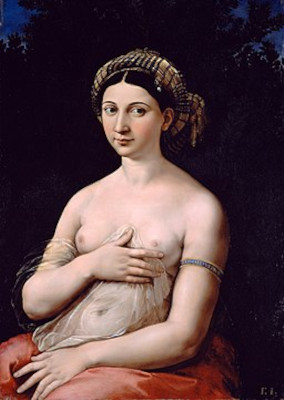
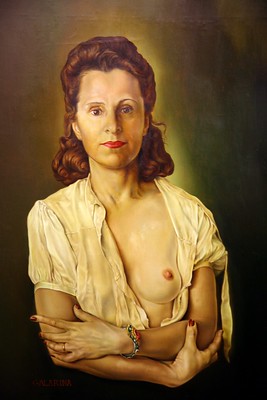
We would like to comment on one of the many portraits he painted of Gala: Galarina.
The title and composition of Galarina reflect Salvador Dalí’s direct intention to emulate his admired master Raphael (Raffaello Sanzio, 1483-1520), who painted the portrait La Fornarina in 1518. That painting was a classic Venus and the unfinished portrait of Margherita Luti, daughter of a baker (“Fornaio”) from Rome and Raphael’s lover and muse. Dalí felt devotion to the Italian Renaissance painter, so Galarina is not just a portrait of Gala but also a great homage to Raphael.
Gala died in 1982, and Dalí fell into a deep depression. Two years later, he suffered severe burns after a fire in the Castle of Púbol, and he moved into the Theatre Museum, where he died on January 23, 1989, at the age of 85. Following his last wishes, he was buried at the same Theatre Museum.
